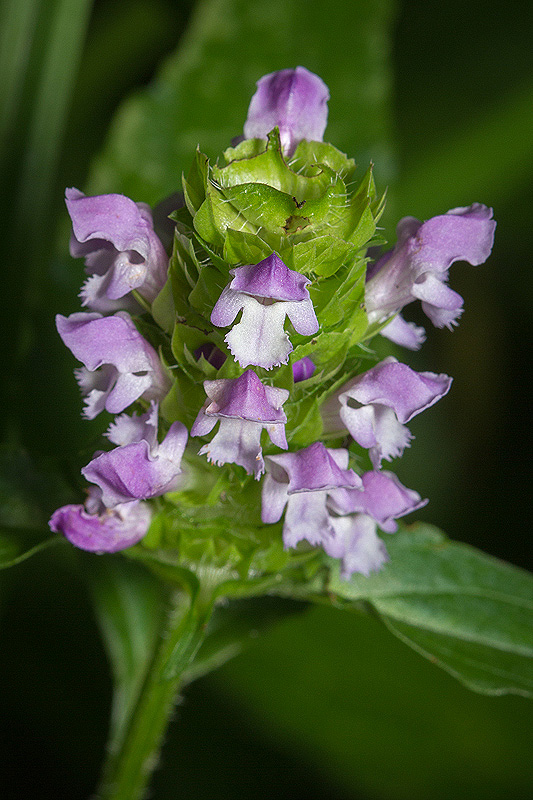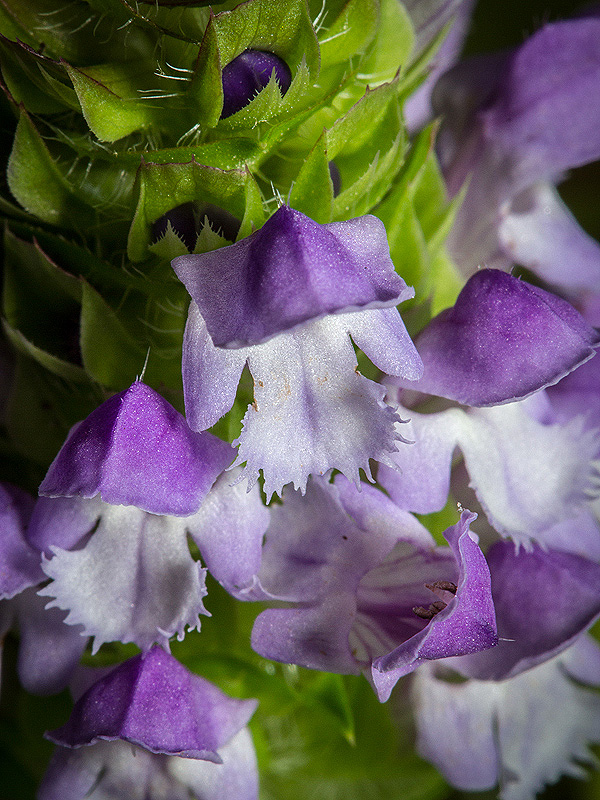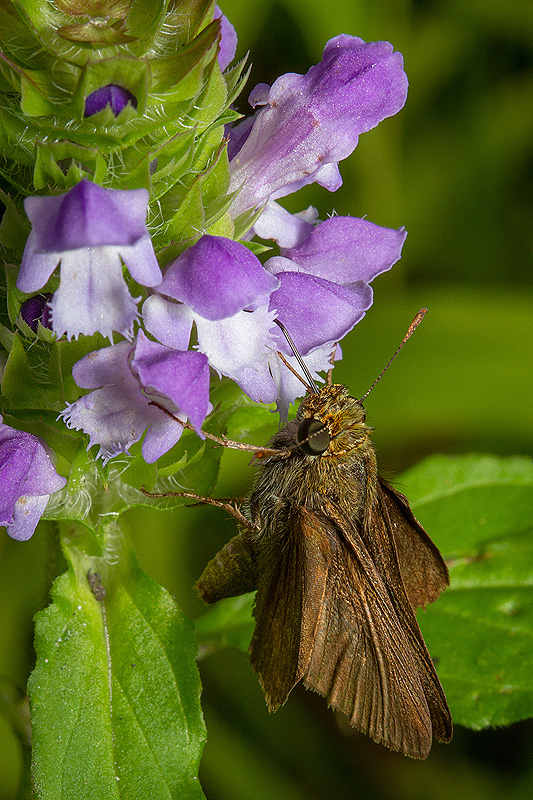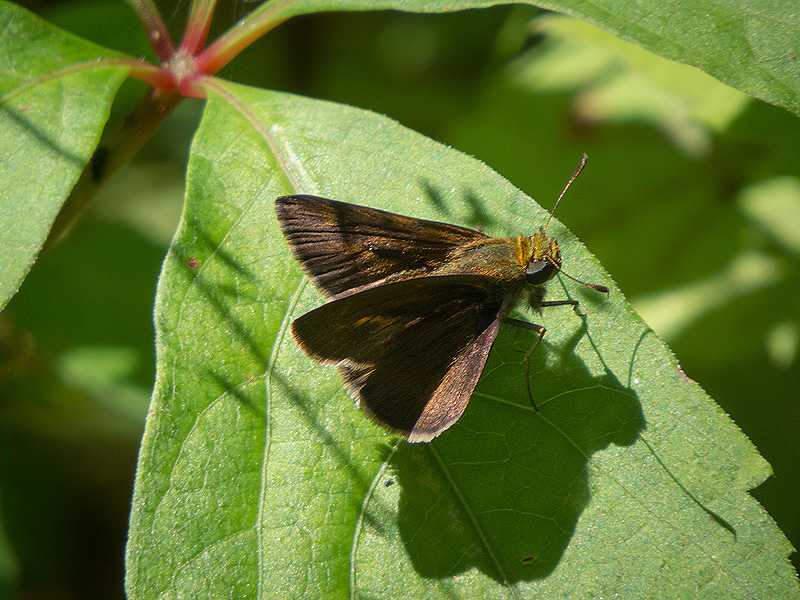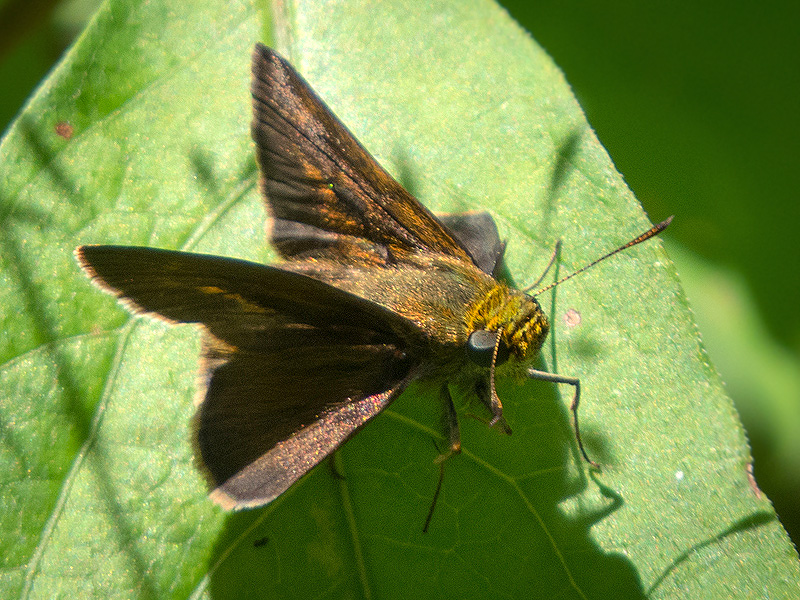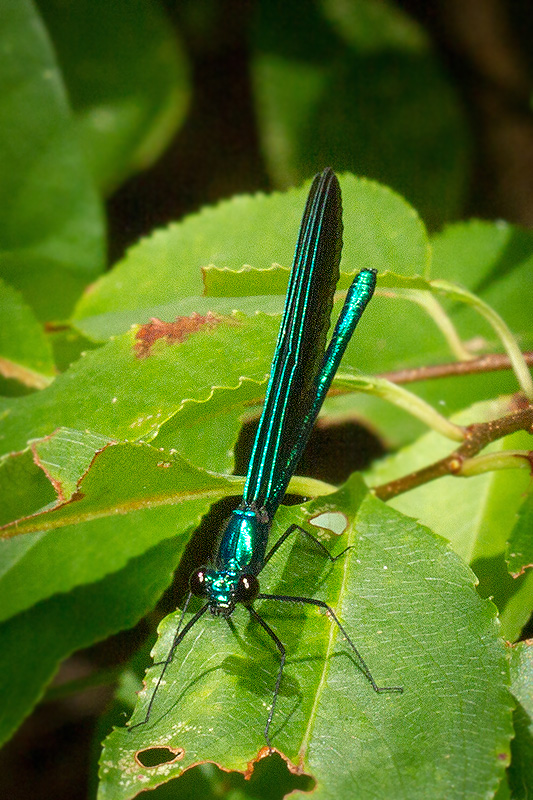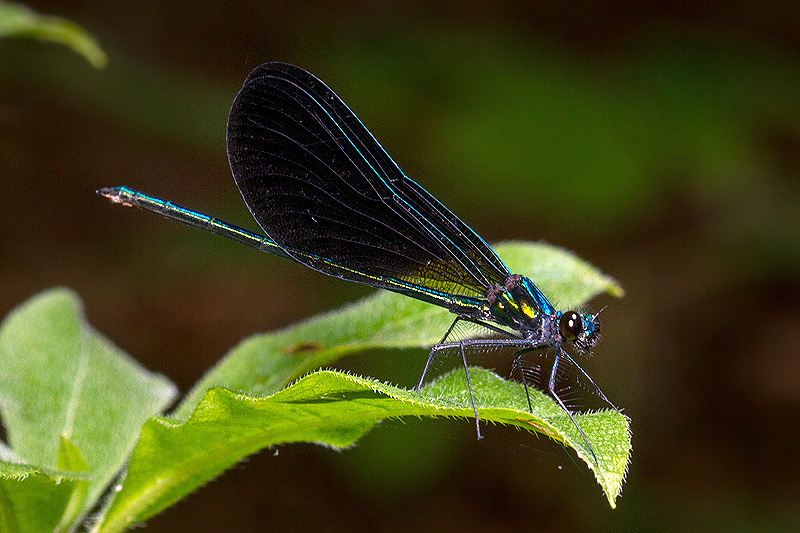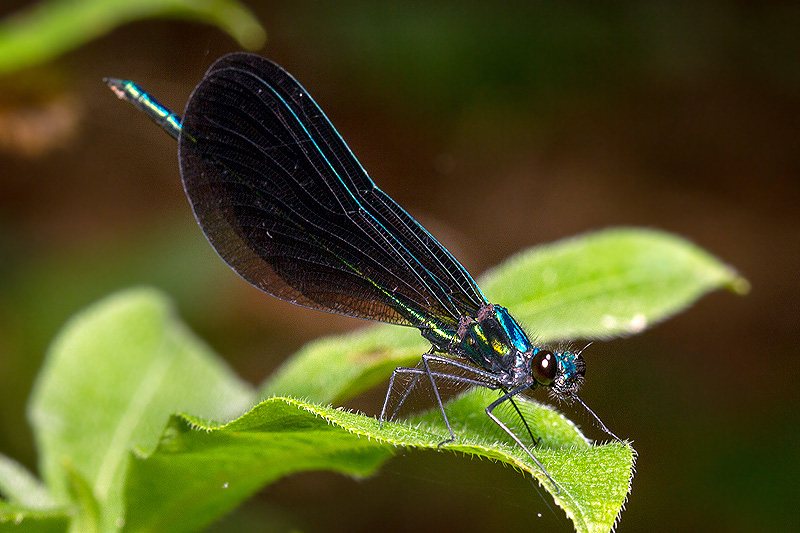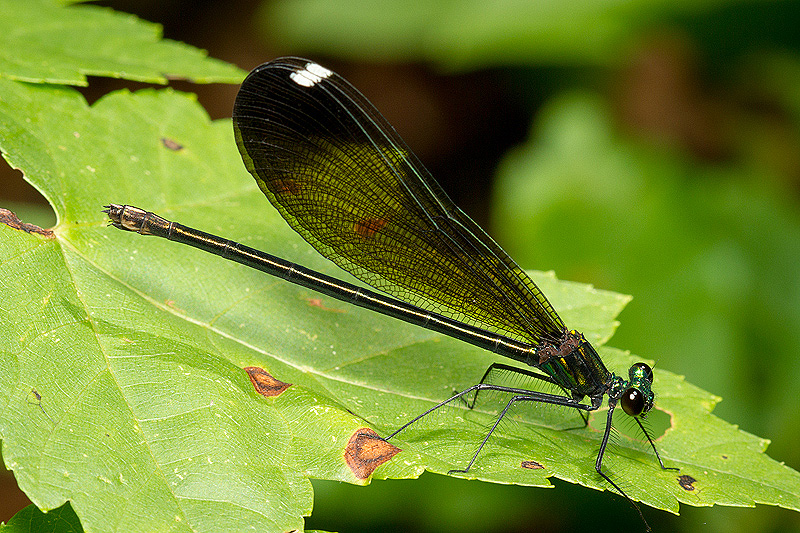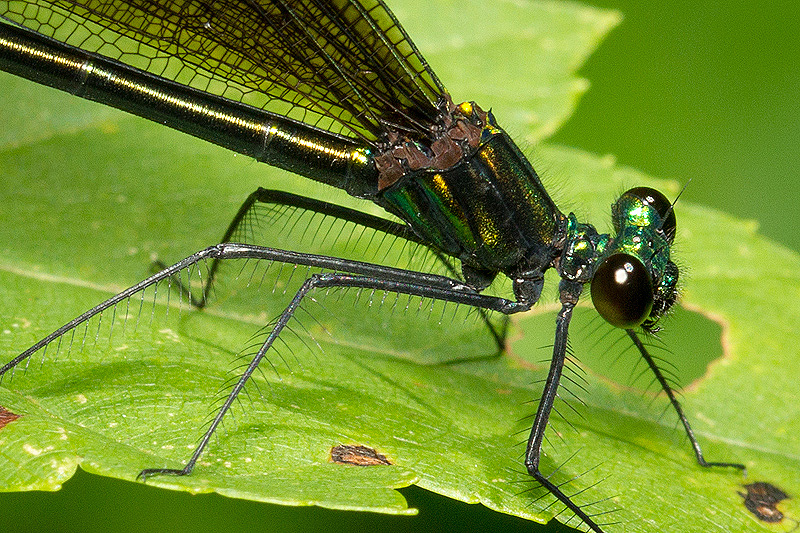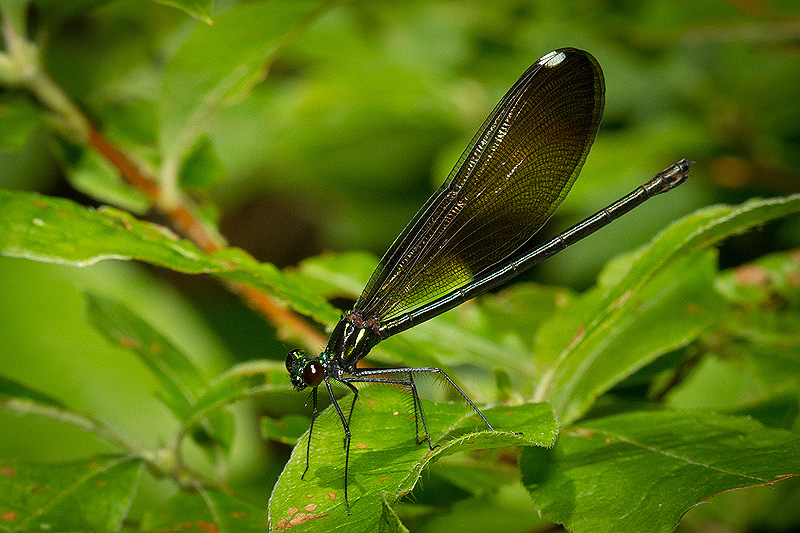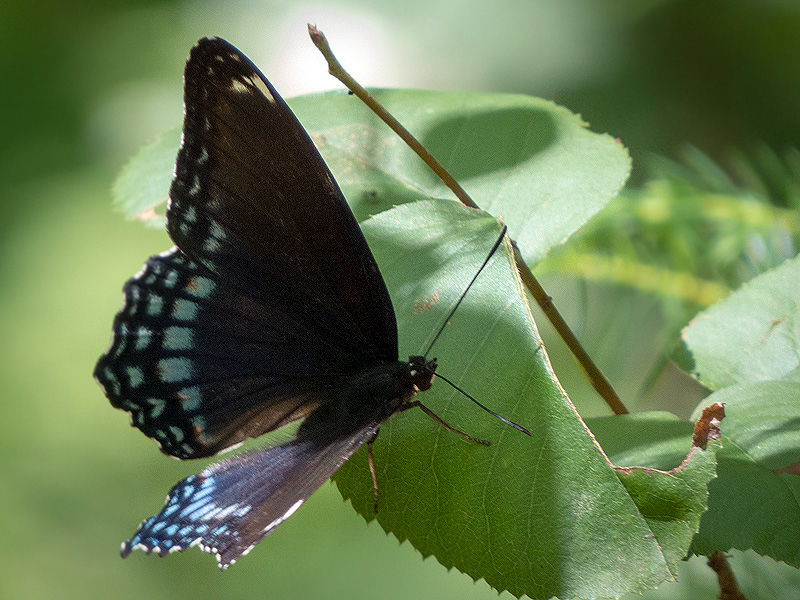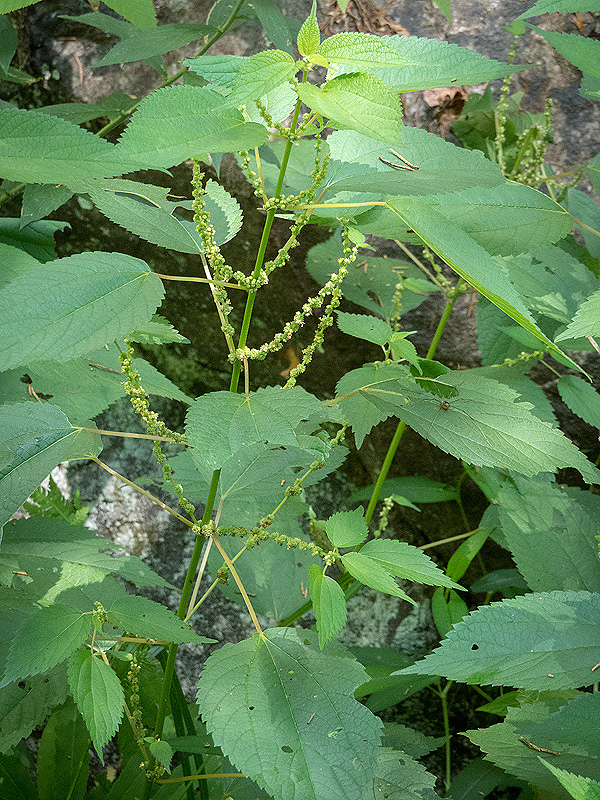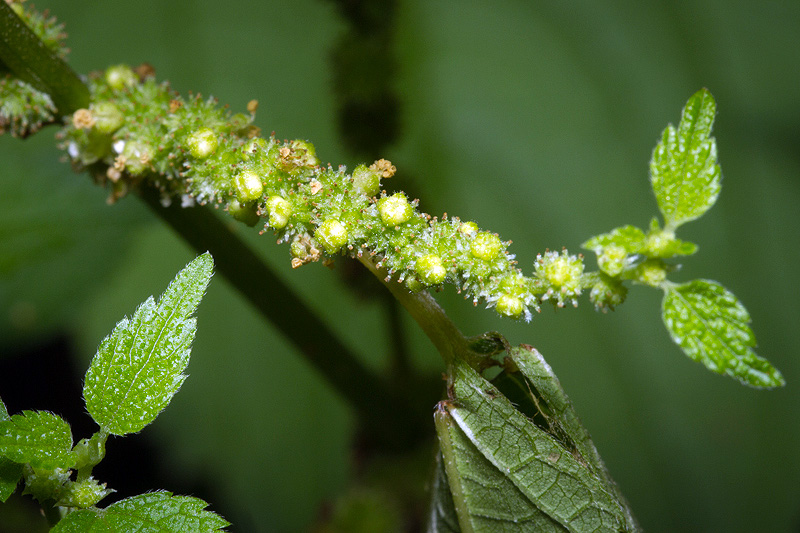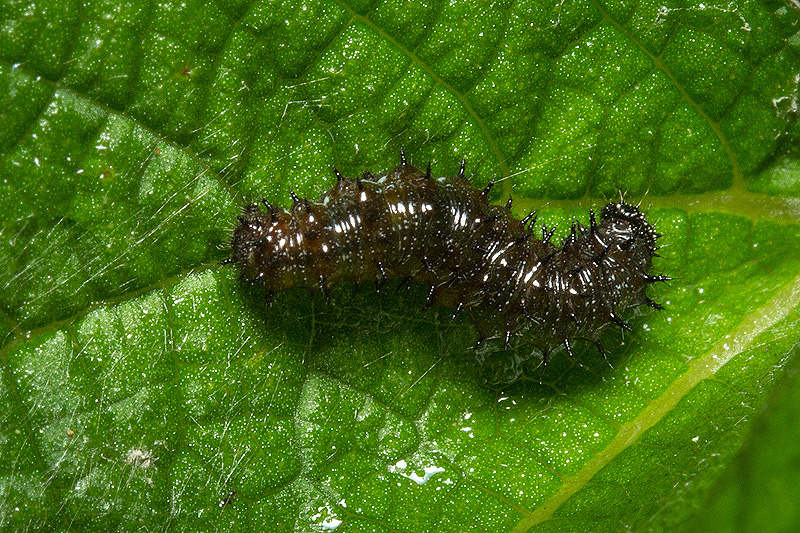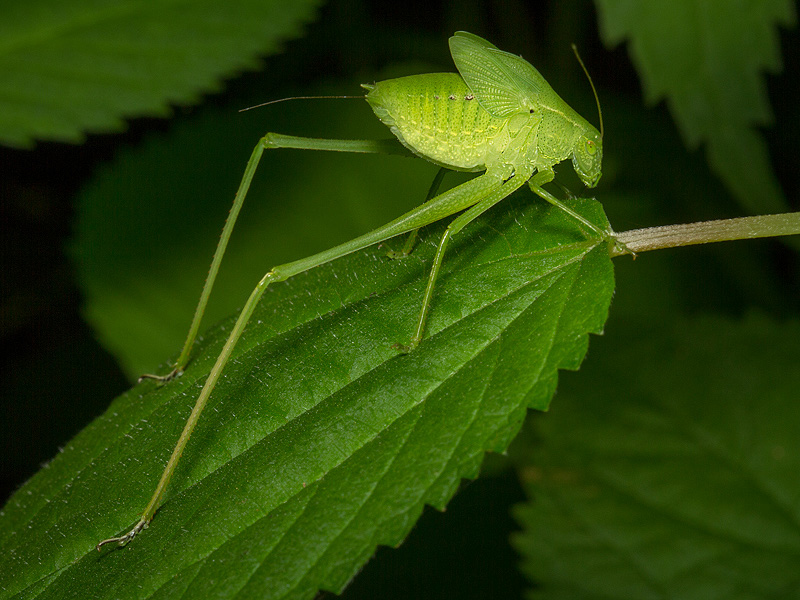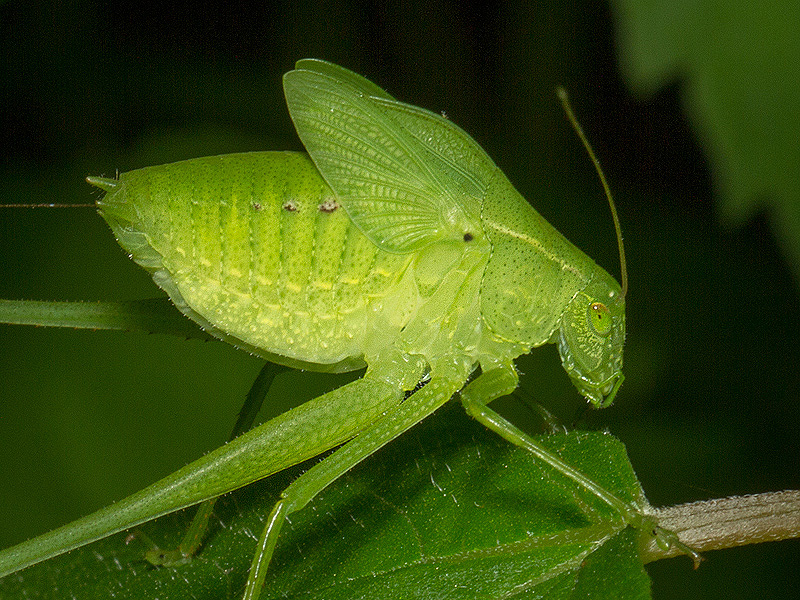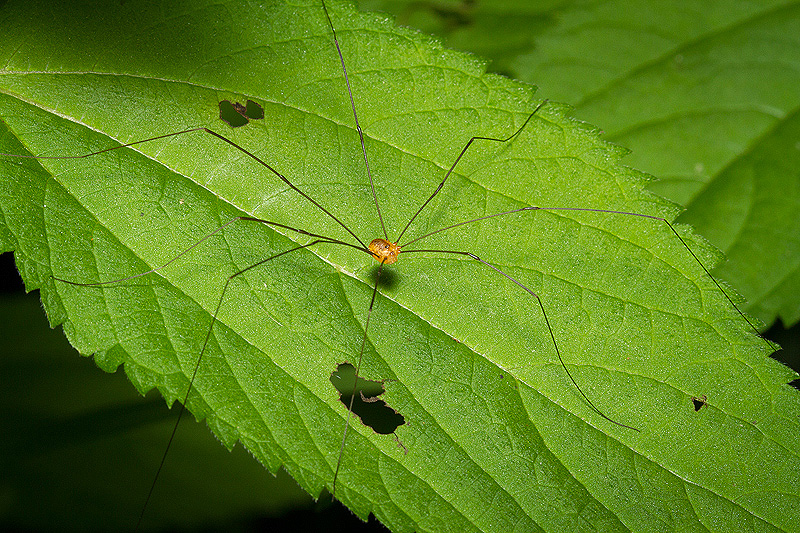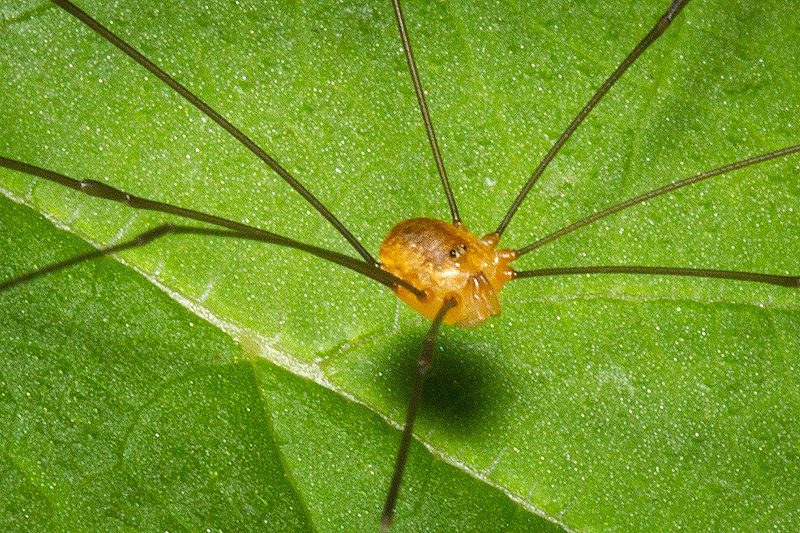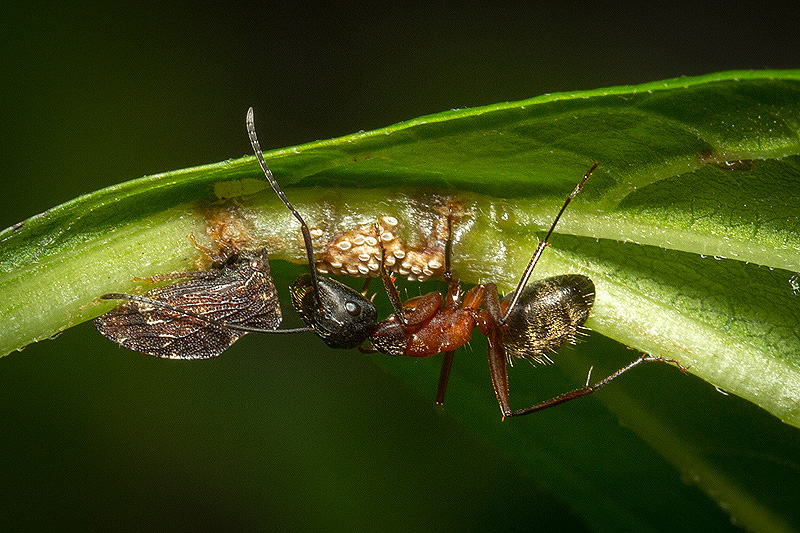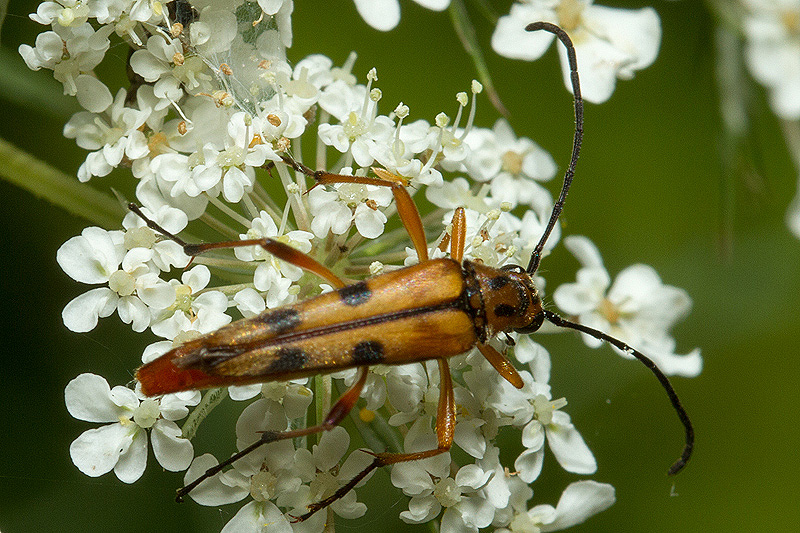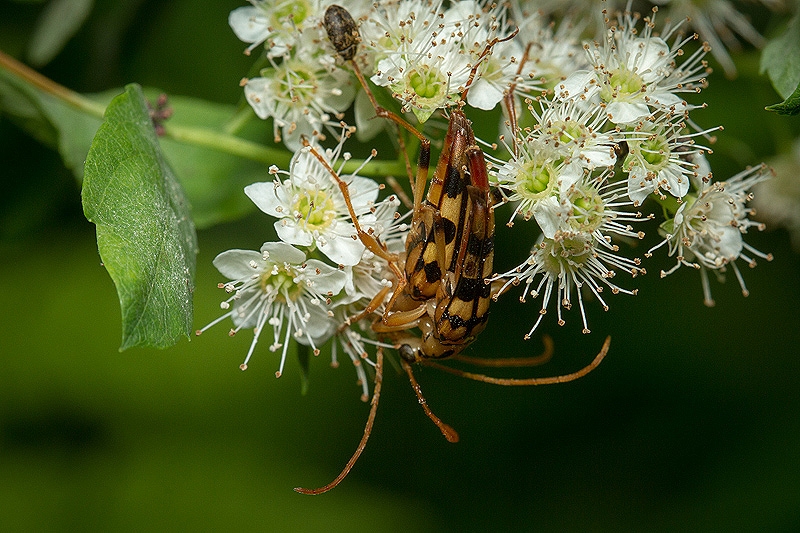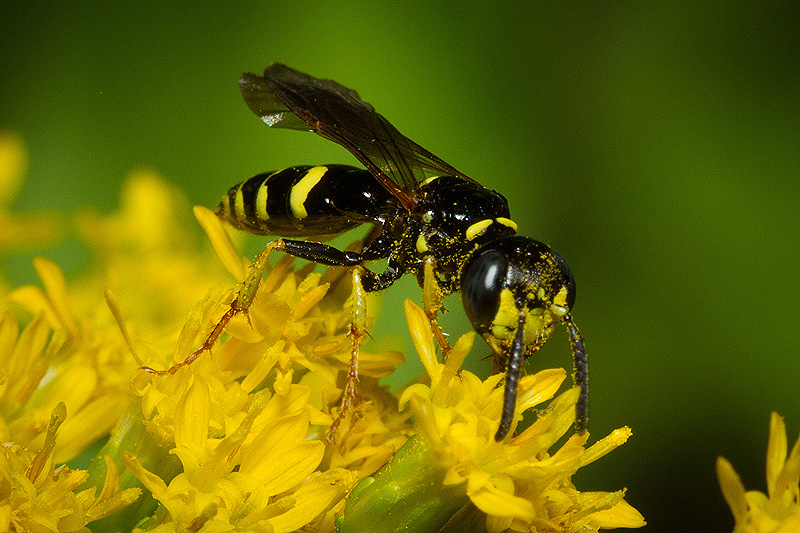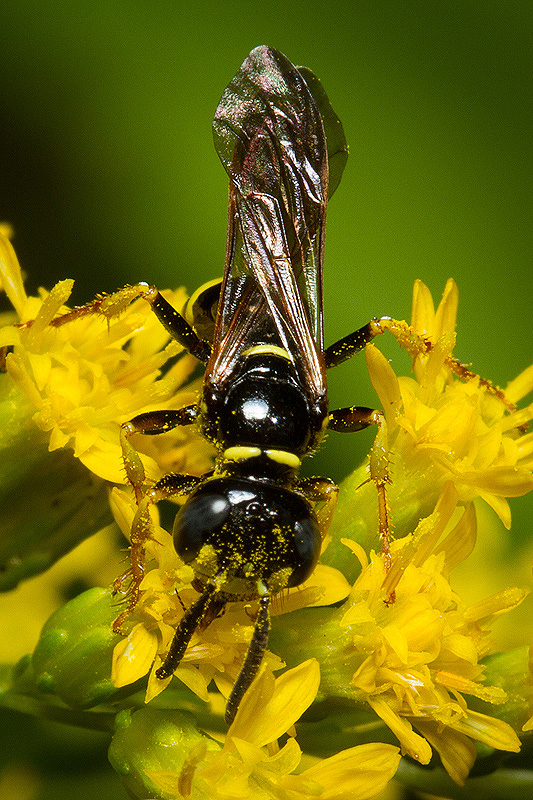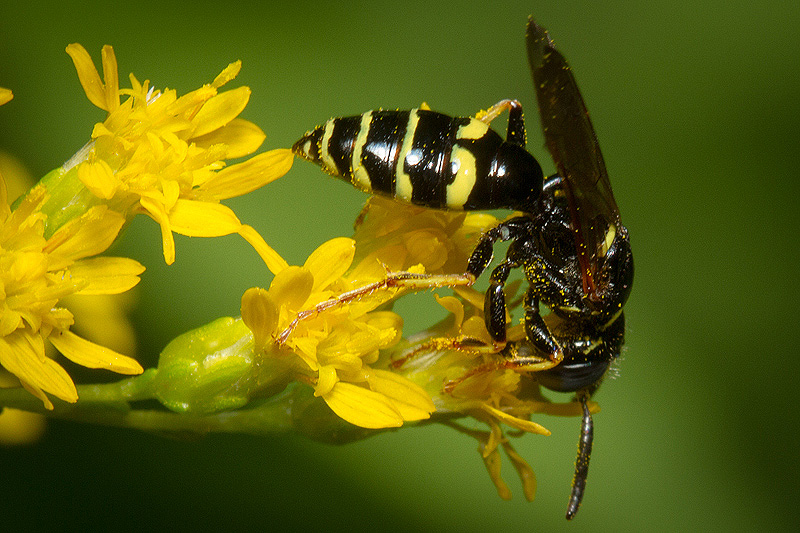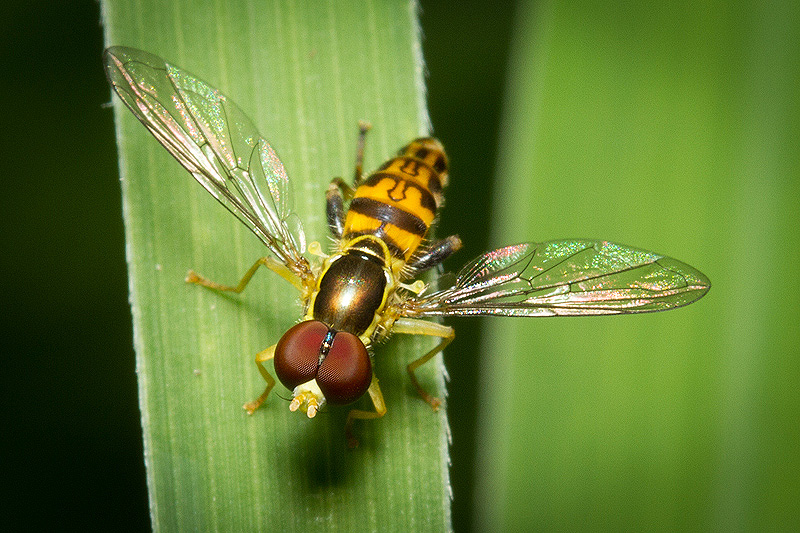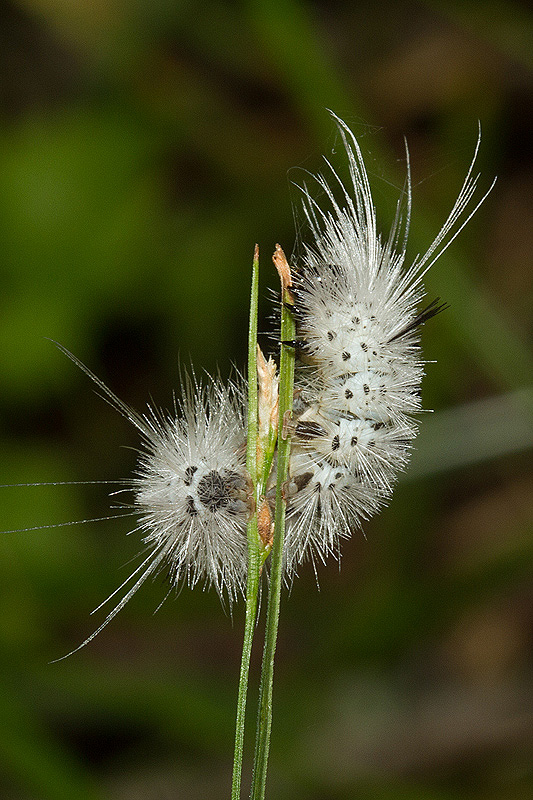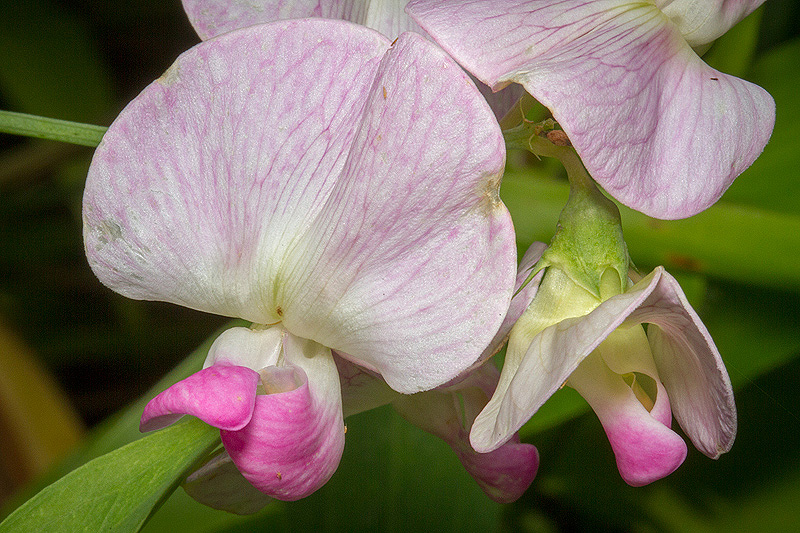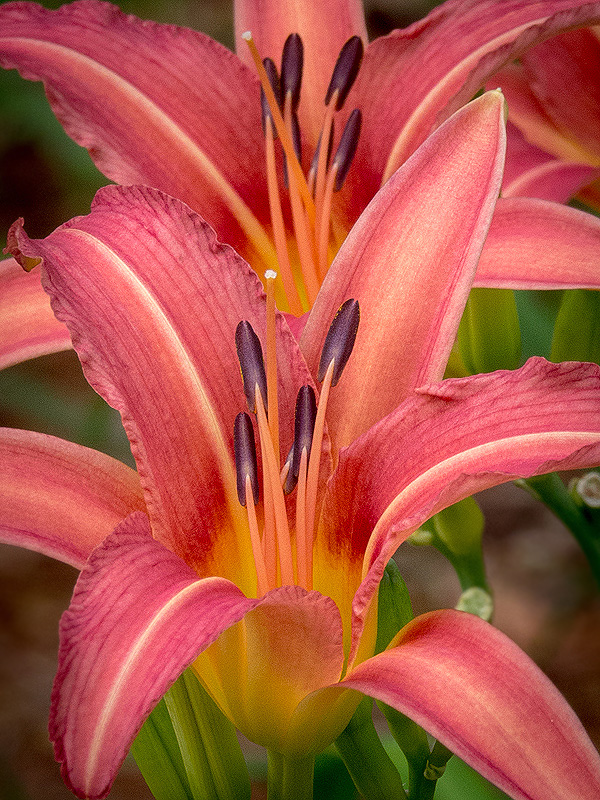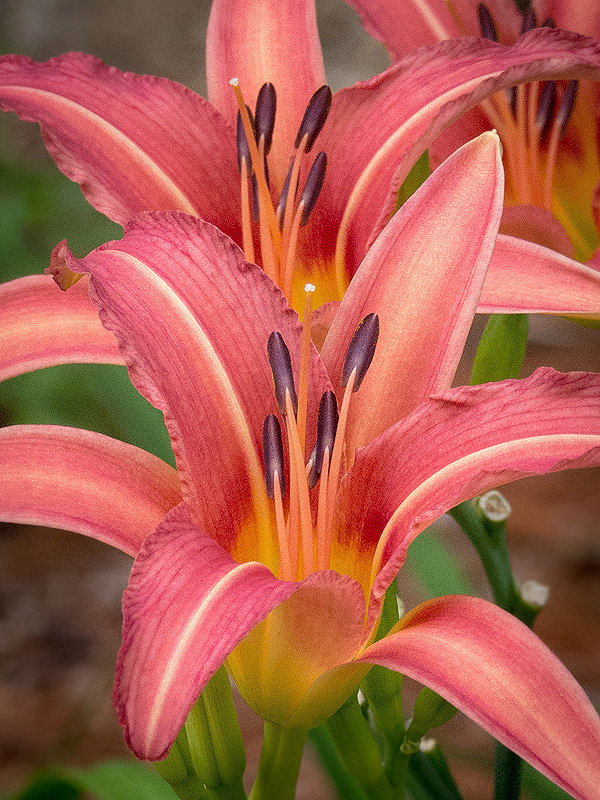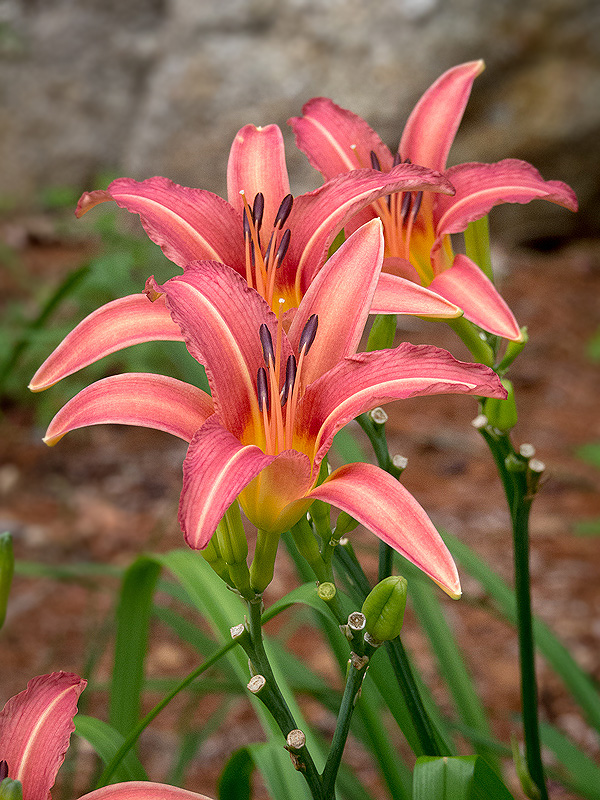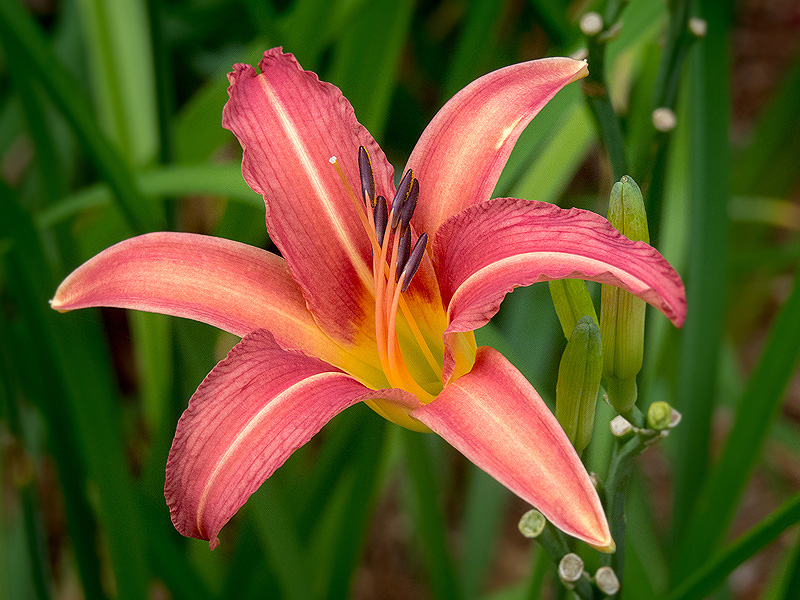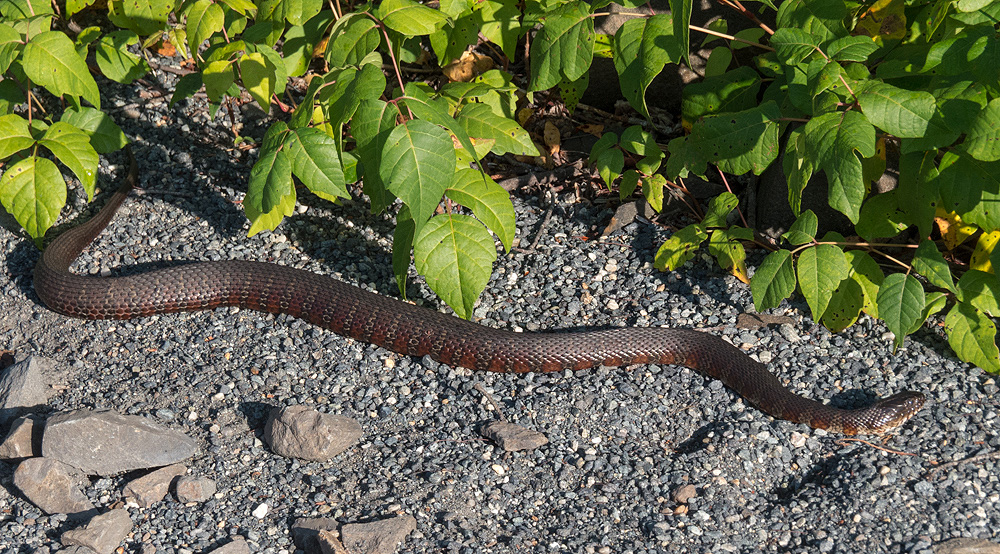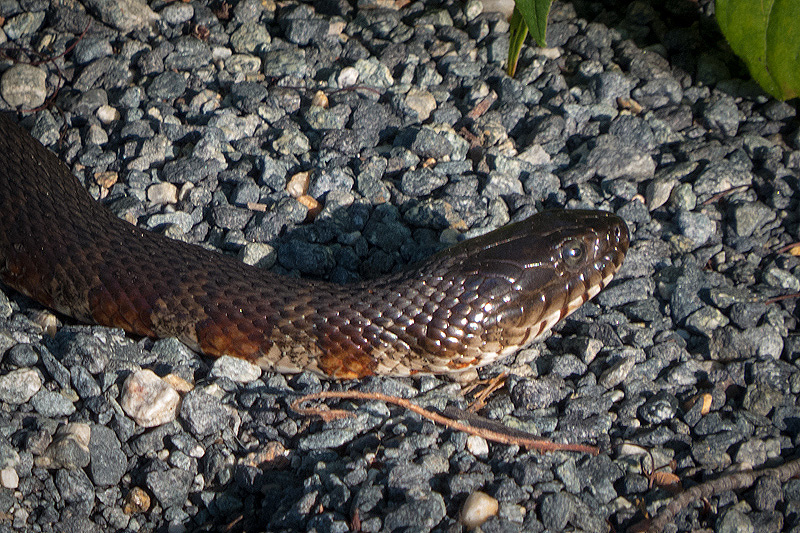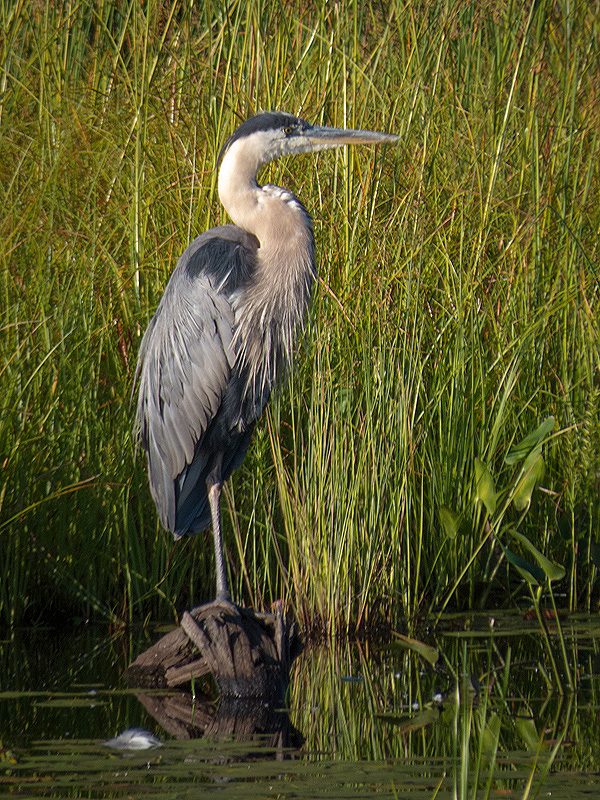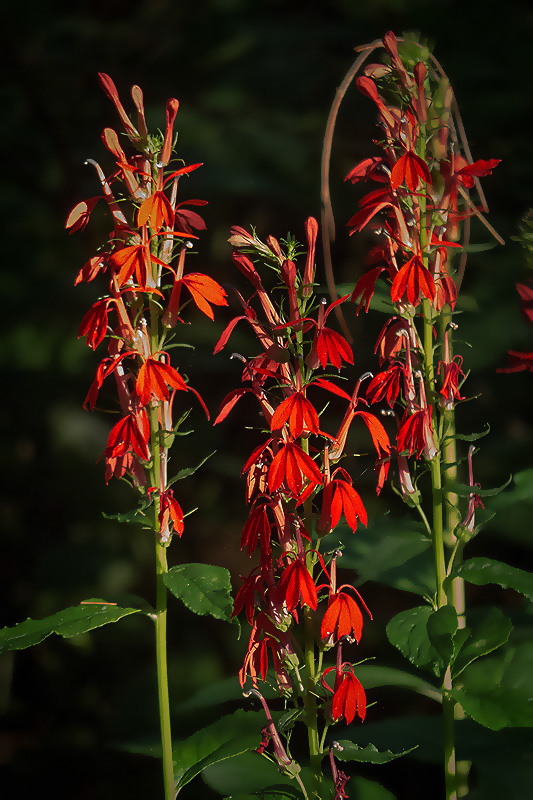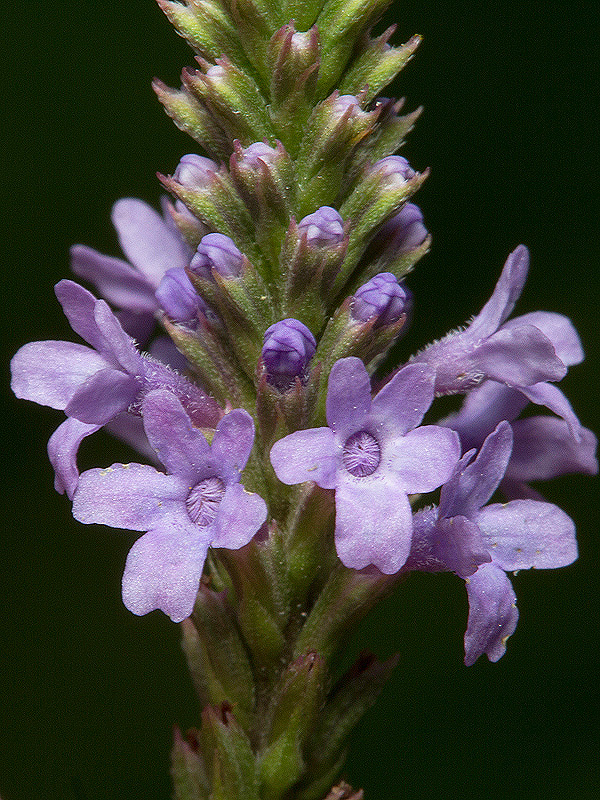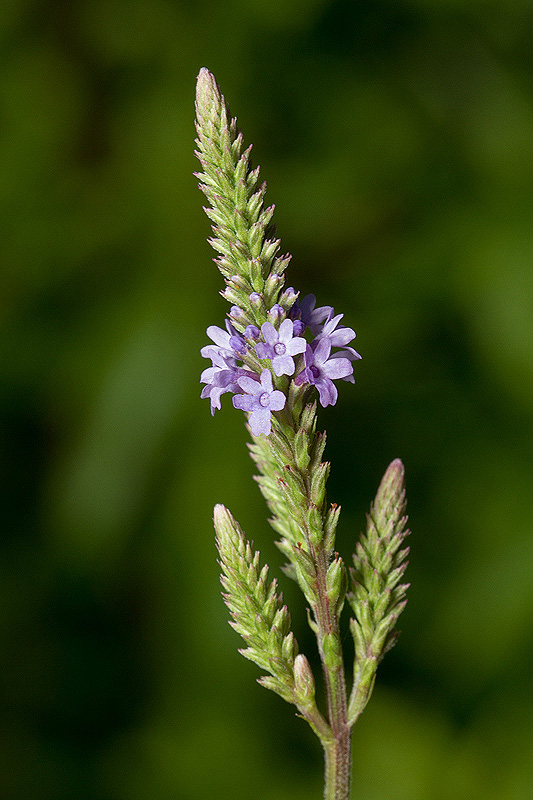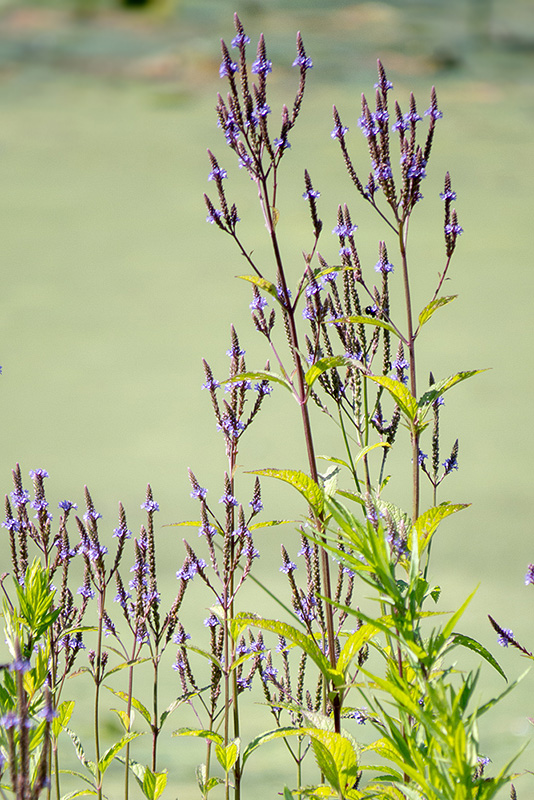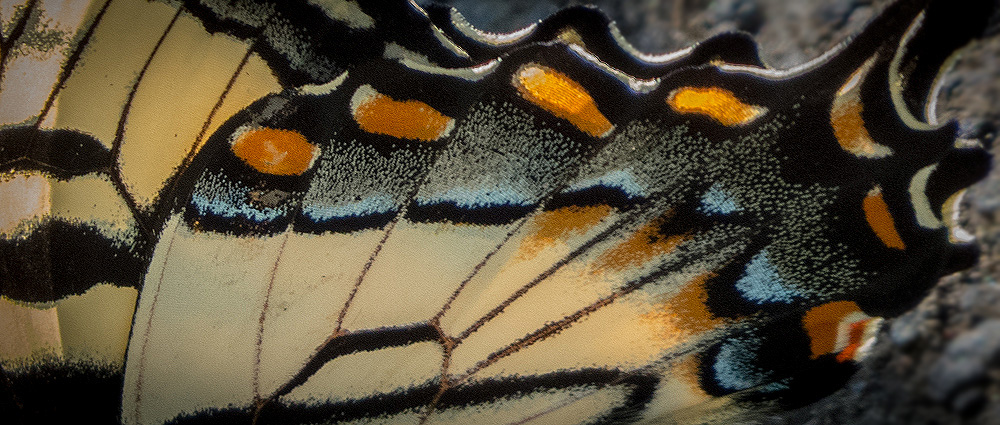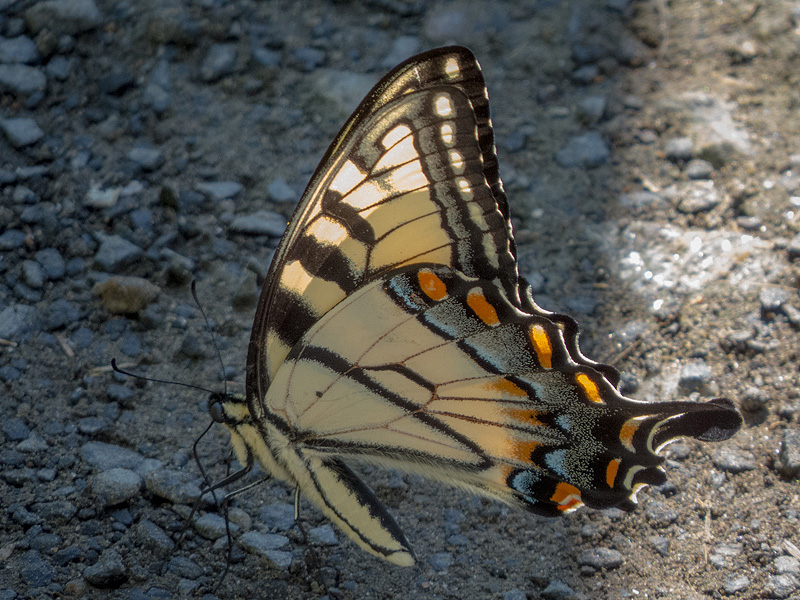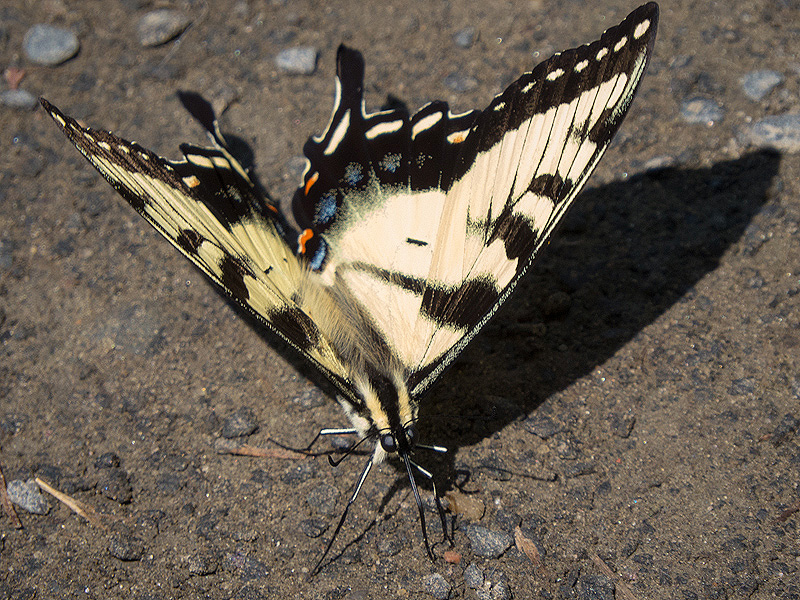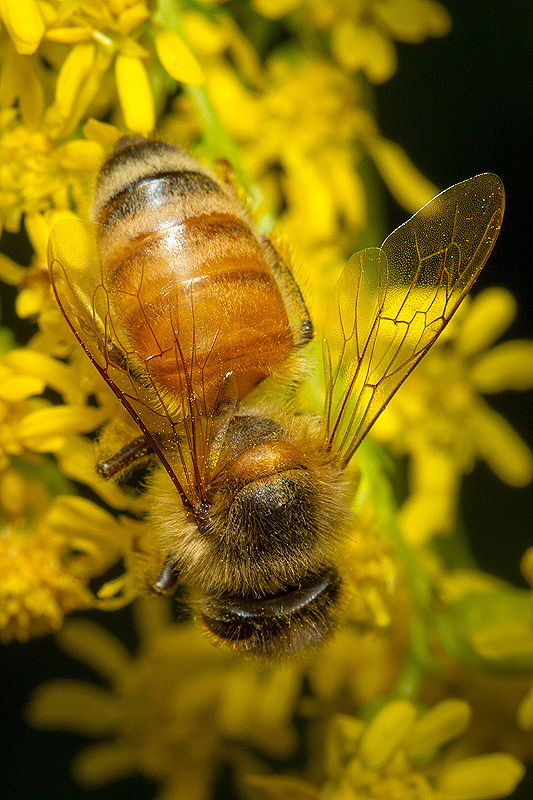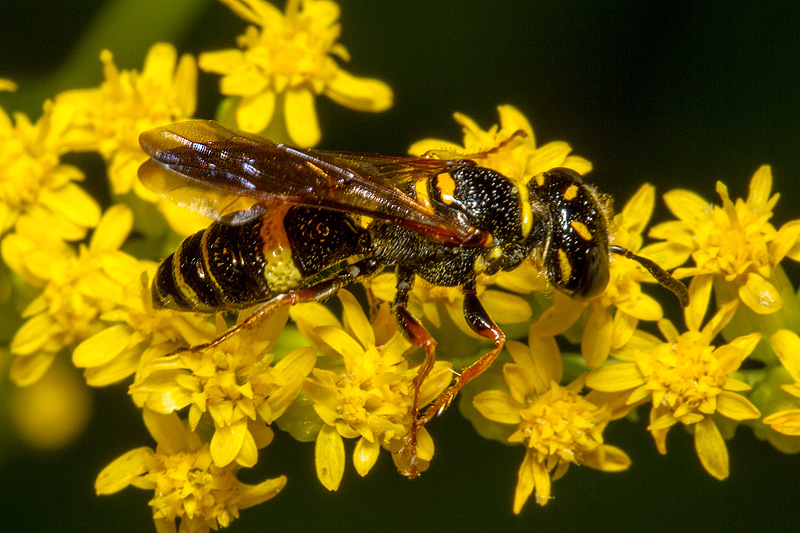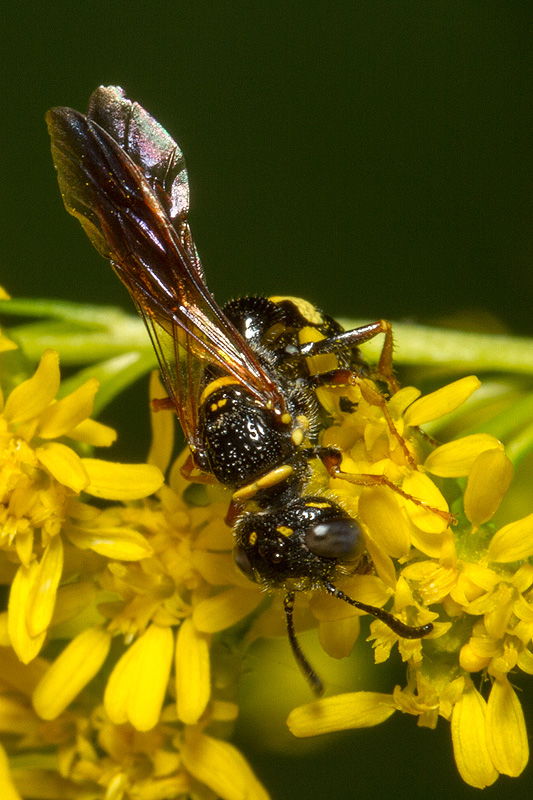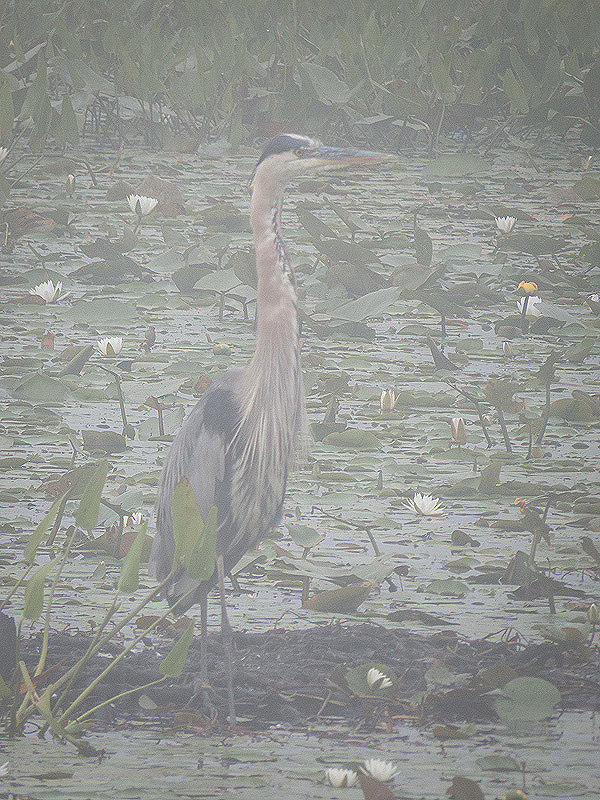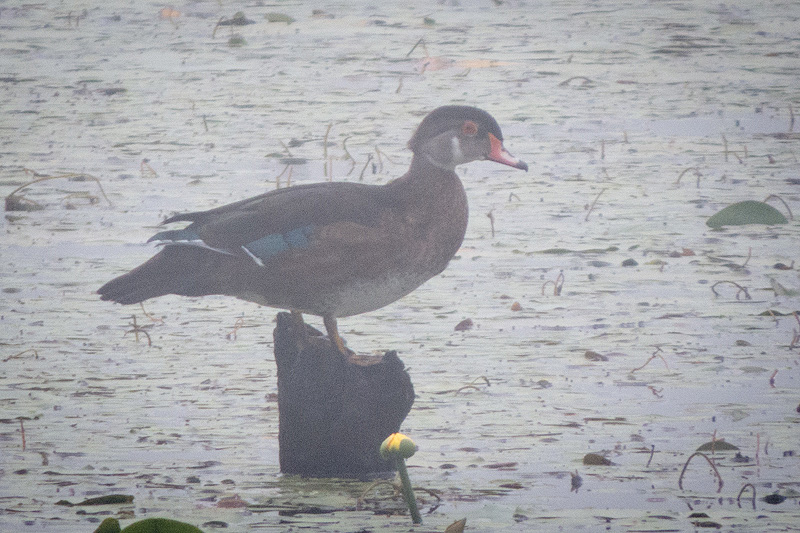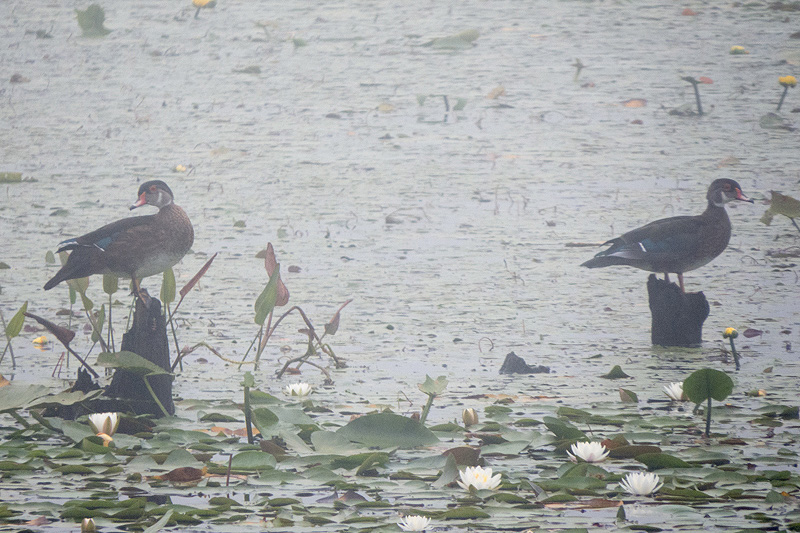Along the Air Line... 2017 - Summer, Part 7 The Air Line Trail in Eastern Connecticut - Stan Malcolm Photos |
mHome Page Stan's FlickR Albums |
July 26th. Selfheal (Prunella vulgaris). |
|
|
Dun Skipper (Euphyes vestris). |
|
|
A male Black-winged Damselfly (Calopteryx maculatum). |
The deep black wings and metallic green body are striking. |
|
The female has much less metallic coloration, bold white stigmas, and dark wing tips while most of the wing surface is not so dark. |
The spiny legs form a basket for caturing prey in flight. |
|
A Red-spotted Purple (Limenitis arthemis astyanax). |
False Nettle (Boehmeria cylindrica). |
Its flowers are anything but showy... |
...but it hosts caterpillars of Red Admiral butterflies (Vanessa atalanta). This mid-instar larva was sheltered in a curled over leaf. |
|
Several other creatures hanging out on the False Nettles included this late instar Katydid nymph (Family Tettigoniidae)... |
|
...and this Harvestman. |
Harvestmen are strange creatures with a single body region and eyes mounted on a small turret. |
Three creatures tell a story: The ant protects the Treehopper in return for access to the sugary treehopper waste fluid. The treehopper in turn is concerned for the small pale nymph, barely visible above it. |
I think this Flower Longhorn beetle is Strangalia famelica. |
A pair of Flower Longhorn beetles (Strangalia luteicornis). |
I think this is a Digger Wasp (Family Crabronidae) but am open to suggestions. |
|
|
A male Syrphid Flower Fly, probably Toxomerus geminatus. |
Hickory Tussock Moth caterpillar (Lophocampa caryae). |
Sweet Pea (Lathyrus odoratus). |
July 27th. Ornamental Day Lilies at the Route 85 trail head. |
|
|
|
July 28th. Northern Water Snake (Nerodia sipedon) sunning by a patch of Poison Ivy (Toxocodendron radicans). Of the two species, the plant is the more dangerous. |
The banding pattern is more pronounced in young snakes and largely invisible in older adults. I'd say this is a young adult with intermediate patterning. |
July 31st. This stump seems to be a Great Blue Heron's (Ardea herodius) new favorite perch. |
Cardinal FLower (Lobelia cardinalis) is blooming right before where Raymond Brook passes under Old Colchester Road. |
August 1st. Blue Vervain (Verbena hastata). |
|
|
Tiger Swallowtail (Papilio glaucus) up close. |
This male was "puddling" - absorbing nutrients from soil that will be passed to the female during mating. |
|
Honey Bee (Apis mellifera). |
|
A Bee Wolf wasp (Philanthus sp.). |
|
August 3rd. Great Blue Heron (Ardea herodius) in heavy fog. |
|
Male Wood Duck (Aix sponsa). |
When I passed by a few minutes later, there were two Stump Ducks. |
